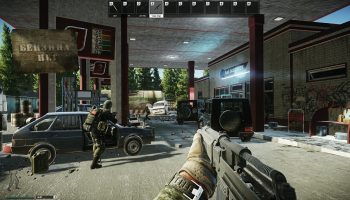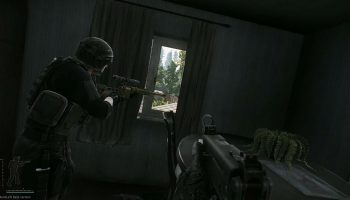The national dutch math exam yesterday had a couple of questions about DotA which I have translated bellow. The entire exam (in Dutch) can be found .
To give a bit of background, the Dutch secondary school system is separated in different levels based on the students academic level and interests. More on this is shown in . This exam was for the VWO (university preparatory education), the highest level, for students aged around 18 years old. However within the VWO level the math classes are separated in different levels. This exam was for Maths A which focuses on statistic and Combinatorics which is the seen as the "less difficult" math classes and is not a requirement for the more maths focused university degrees such as maths, physics or comp sci.
The exam questions:
Electronic Sport, or short E-Sports, is the term that is used for competitive computer games. While competing against other players is almost as old as gaming itself, E-sports however is said to start in 1998. In that year the the first official E-Sport tournament with price money was held.
In 1998 there was about 100,000 dollar in price money to be earned. Since then E-Sports has grown to an international phenomenon. In 2016 thousands of players competed in about a hundred different games with a combined price pool of more than 95 million dollar.
In figure 1 the development of the total price pool in E-Sports is shown.
From 2009 to 2016 the total price pool grew from 3.7 million to 95.1 million dollar. If we assume that this was exponential growth and would continue exponentially, the total price pool would pass the 1 billion dollar within a couple of years.
Question 13. Calculate with the above information from 2009 and 2016 in which year that would be the case.
Close to halve of the total price money in E-Sports is won by players of one specific game. This game is played by two teams of five players where every player controls their own hero. The players try with help of computer controlled units to conquer the opponents territory.
In this game there are 112 different heroes, which are subdivided in three categories: there are 49 attackers, 27 defenders and the remaining heroes are support heroes.
At the start of the game both teams pick according to a complicated system alternately their heroes. Each hero can be only picked oce.
It is common that each team consists of two attackers, one defender and two support heroes.
Question 14. Calculate the number of possible combination with two attackers, one defender and two support heroes.
In each team consists of five heroes. The play area on which the teams fight each other can be roughly grouped into three zones: North, Middle and South. A hero can be assigned a role in these three zones. Furthermore, it's also possible for a hero to switch from zone; we call this a roaming hero. So we can conclude that there are actually four different roles for a hero: North, Middle, South and roaming.
Teams always choose to occupy each of the three zones with at least one hero. A possible allocation if for instance 1 hero in North, 1 hero in Middle, 2 heroes in South and 1 roaming hero. We assume that it is not important which hero is in which zone.
Question 15. Calculate how many of these allocations there are for one team if each of the zones North, Middle and South contain at least one hero.
Throughout the year multiple tournaments are held for the game with vastly different price pools, however the most import tournament is The International, which is held yearly in august. Teams from all parts of the world try to qualify for one of the sixteen spots through qualification tournaments. And with a good reason: in 2016 the price pool for The International was more than 20 million dollar.
The reason as for why the price pool for The International was this high was because the tournament was crowdfunded. This means that players of this game can for a period preceding the tournament contribute to the price pool.
The development of the size of the price pool for The International 2016 is shown in figure 2.
The total price pool for The International 2016 was created as follows:
– The tournament organizers, in this case the game's developer, added a starting sum to the price pool.
– The developer gave the players the possibility on may 16th to purchase virtual object which they could use in-game. 25% of this revenue was added to the price pool.
The graph in figure 2 can be reasonably estimated with the following formula:
P = 8.157 * ln(0.1 (t + 10)) + 1.6
In this formula P is the total price money in millions of dollars and t is the time in days with t = 0 on may 16th 2016.
According to a website that reports on E-Sports tournaments the players had spend within a month 40 million dollars for the virtual items.
Question 16. Calculate using the formula for P after how many full days that was the case.
In the graph of figure 2 it is clear that the increase of the total price pool wasn't growing gradually. The reason for this is because the developer released special actions that enticed the player to purchase extra objects.
One of these actions for instance was on June 30th. On that day the price pool increased by 1.125 million dollar. That is a much larger increase than what you would expect using the derivative of P.
Question 17. Using the derivative of P, how much larger is the increase on June 30th than you would expect. Give your answer as an integer number.
Source: https://www.reddit.com/r/DotA2/comments/nf54o1/dutch_math_exam_yesterday_had_a_couple_of/







